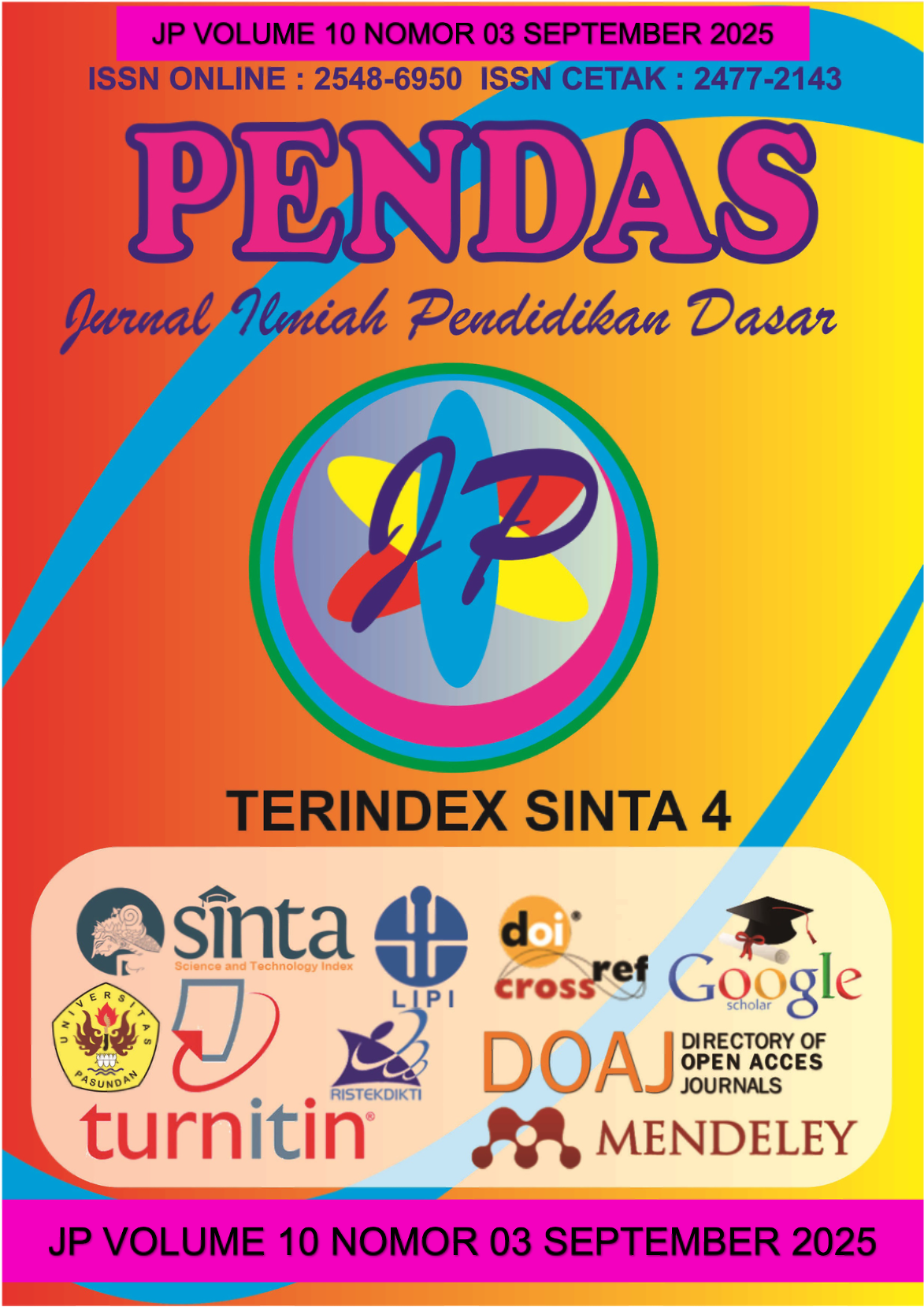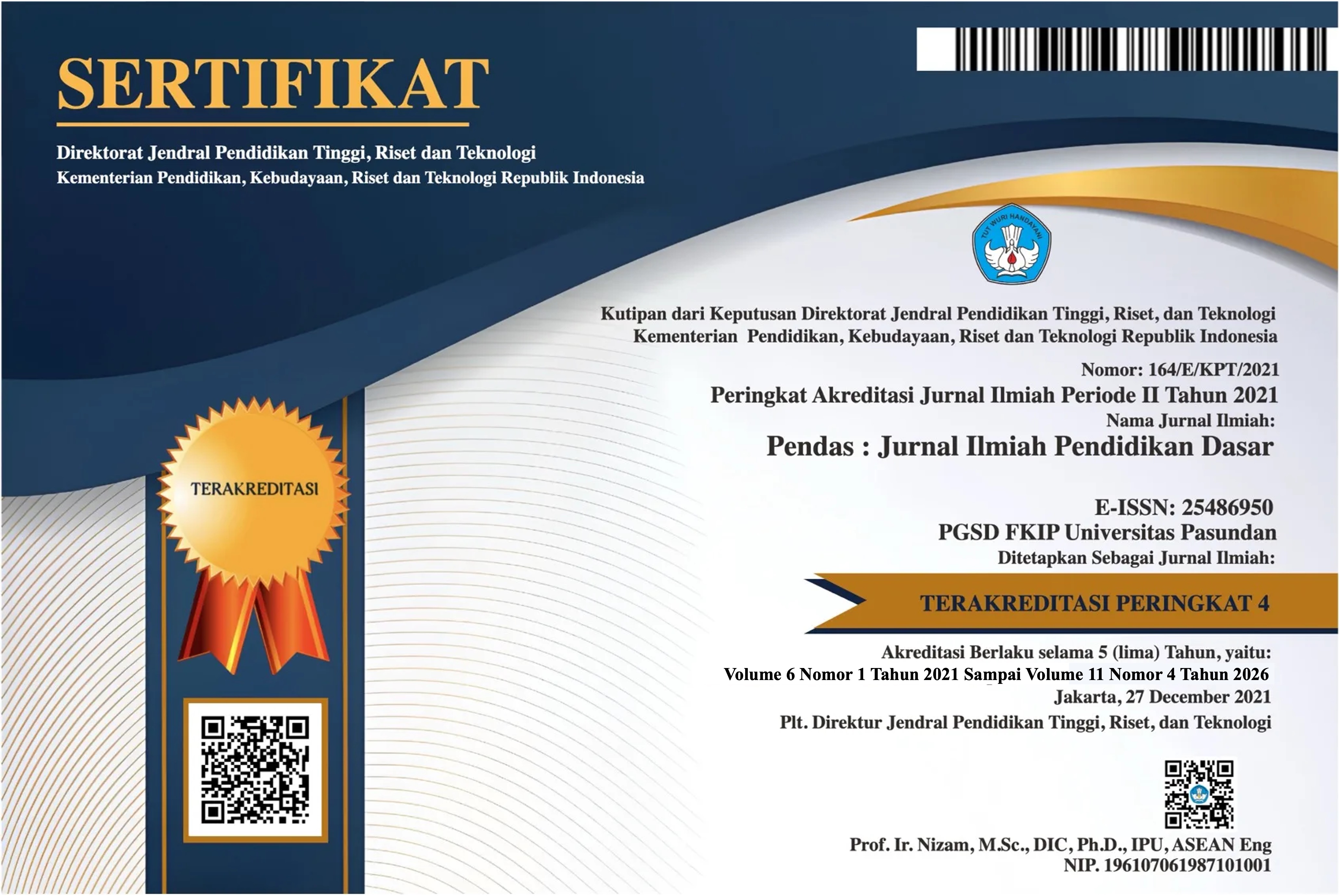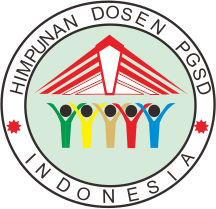SMARTPHONE DISTRACTIONS IN VOCABULARY LEARNING AMONG UNIVERSITY STUDENTS
DOI:
https://doi.org/10.23969/jp.v10i03.32851Abstract
The pervasive use of smartphones in Indonesia has significantly impacted educational practices, offering substantial benefits for vocabulary learning, such as easy access to information and interactive applications. However, these devices also present a major challenge: digital distraction. This study investigates the types and contributing factors of distractions experienced by second-semester English students at a university in Indonesia during vocabulary learning via smartphones. Data were collected through a questionnaire administered to 33 students and follow-up interviews with three selected respondents. Quantitative findings revealed that notifications or pop-up messages (75.8%), texting (72.75%), social media and entertainment applications (68.2%), and multitasking (68.15%) were the most prevalent and disruptive types of distractions. Qualitative analysis further contextualized these distractions, highlighting habitual app-switching and the allure of entertainment content as key disruptors. The factors contributing to these distractions were identified as low self-regulation (74.7%), attentional impulsiveness (69.6%), and the ease of access to social media (71.7%). Interview data underscored the role of emotional regulation, such as using entertainment apps to combat boredom or tiredness, and habitual behavior in exacerbating these distractions. The study concludes that while smartphones are powerful tools for language learning, their potential for distraction is significant and multifaceted. It recommends that students adopt better self-regulation strategies and use focus-enhancing features, while educators and institutions should integrate digital literacy training to promote more mindful and effective smartphone use in academic contexts.
Downloads
References
(e.g., notifications, easy access),
individual psychological factors (e.g.,
impulsiveness, emotional state), and
learned behaviours (e.g., habitual
multitasking). These findings align
with established theories from
scholars like Wang et al. (2022) and
Throuvala et al. (2021), validating their
models in the specific context of
Indonesian English language learners.
D. Conclusion
This study confirms that
smartphones present a dual role in
language education, serving as both
powerful facilitators and significant
disruptors of learning. The findings
demonstrate that the respondents
experience considerable digital
distractions during vocabulary
learning, primarily from notifications or
pop-up messages (75.8%), texting
(72.75%), social media and
entertainment applications (68.2%),
and multitasking with other
applications (68.15%). These
distractions are driven by underlying
factors including low self-regulation
(74.7%), attentional impulsiveness
(69.6%), ease of access to social
media (71.7%), and emotional
regulation needs.
The implications of these
findings underscore the critical
importance of developing self-
regulation skills among students. As
the primary users of digital learning
tools, students must learn to manage
their device usage consciously to
harness the benefits of smartphones
while minimizing their disruptive
potential. Self-regulation empowers
students to control their learning
environment, resist digital
temptations, and maintain focus on
academic tasks—skills that are
essential not only for vocabulary
acquisition but for academic success
in the digital age overall.
For educators and institutions,
these results highlight the necessity of
integrating digital literacy and self-
regulation training into the curriculum.
Rather than prohibiting smartphone
use, educational policies should
promote mindful engagement with
technology through structured
interventions, workshops, and the
promotion of focus-enhancing tools.
REFERENCES
Abidin, A. (2023). Screen distractions
during Memrise MALL
experience: Course-of-action
study on students’ performance
and perception. JOALL (Journal
Downloads
Published
Issue
Section
License
Copyright (c) 2025 Pendas : Jurnal Ilmiah Pendidikan Dasar

This work is licensed under a Creative Commons Attribution 4.0 International License.



















